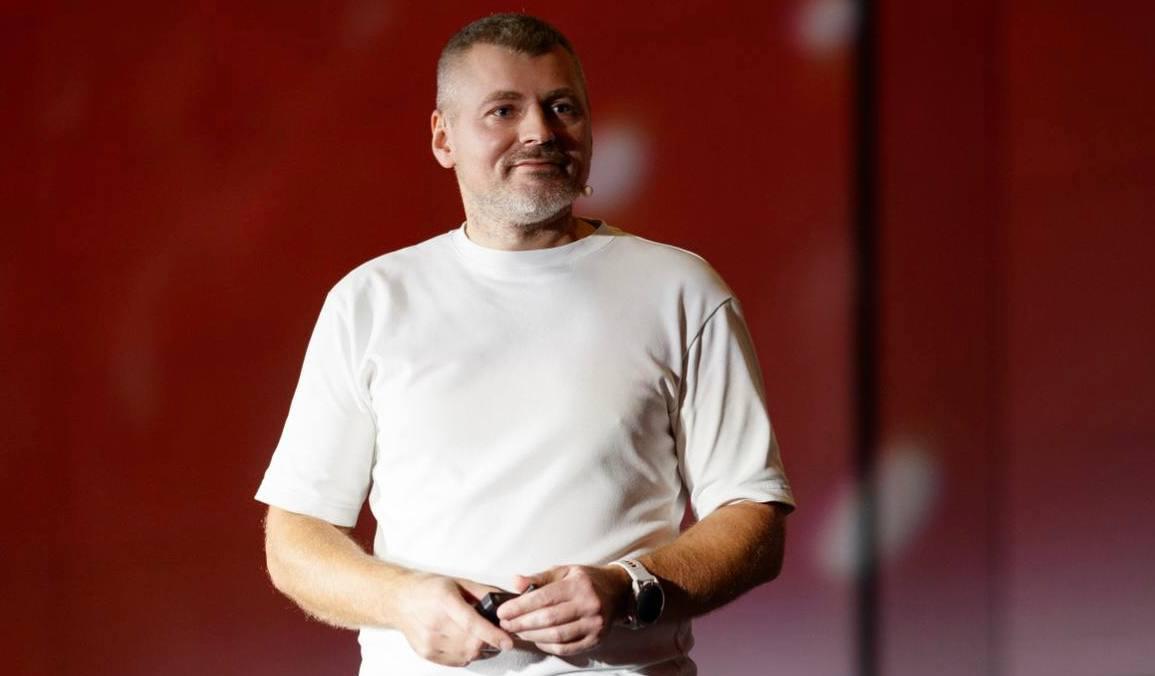Most Amazon sellers rely heavily on advertising to gain visibility, often treating it as a default cost of doing business. According to Jungle Scout’s 2024 State of the Amazon Seller Report, over 70% of Amazon sellers spend money on advertising, and more than half cite rising ad costs as threatening profitability. For many, visibility depends on ever-increasing budgets, regardless of return on investment.
Oleksandr Trotsenko, a distinguished data analyst and e-commerce entrepreneur, presents a fundamentally different approach to marketplace growth. He is the founder and CEO of Asinstat.com and the author of Principles of Ranking and Product Promotion in Search — a proprietary methodology adopted by numerous sellers. He also launched Seller Academy, a mentorship ecosystem supporting many entrepreneurs. Building multiple profitable e-commerce businesses without external capital, Trotsenko has personally led projects generating over $14 million in combined annual revenue. In this article, the reader will learn how his data-driven system helps marketplace businesses achieve sustainable, scalable growth without depending on paid advertising.
The Problem with Paid Dependency
On Amazon, many sellers make the mistake of prioritizing paid advertising over strategic groundwork. Instead of focusing on listing quality, keyword indexing, and alignment with the platform’s algorithm, they channel most of their budget into traffic acquisition. Oleksandr Trotsenko argues that this short-term thinking undermines sustainable growth and often results in wasted advertising spend.
“More than 90% of sellers rely on advertising as their primary traffic source,” he explains. “But in most cases, they launch campaigns for listings that haven’t been properly prepared — no indexing, no alignment with how Amazon surfaces products. In competitive categories, where a single click can cost over $12, ad budgets often eat up 12 to 30 % of total revenue. At that point, advertising stops being a strategic advantage and becomes a financial liability. And yet, many agencies still push campaigns without first checking whether the product is even visible to the algorithm. That’s how sellers pay for traffic that simply doesn’t convert.”
By skipping essential steps and leaning too heavily on ads, sellers increase financial pressure without building lasting visibility or organic traction. Trotsenko emphasizes that relying on paid promotion alone is no longer a viable strategy in today’s marketplace.
The Formula Behind Organic Growth
Oleksandr Trotsenko defines marketplace ranking through a performance-based formula:
“This formula shows how much the marketplace earns from each keyword,” Trotsenko explains. “The higher the RESULT, the more valuable the product is to the platform.”
Each factor contributes to platform revenue: impressions create visibility; CTR measures relevance; conversion reflects effectiveness; price and commission determine earnings. The algorithm ranks products based on this combined outcome.
“Marketplace visibility depends on financial performance, not assumptions,” he adds. “Strong RESULT metrics lead to higher organic placement.”
This approach allows sellers to grow traffic by improving core metrics rather than increasing ad spend.
How It Works in Practice
Oleksandr Trotsenko’s methodology has been implemented in scaling several marketplace brands by focusing on organic visibility, product bundling, and conversion optimization. One example is a tactical gear brand that reached category leadership within six months by applying these principles. A similar approach was used with other businesses in the portfolio, which report annual revenues from $4.8 to $8.2 million. In most cases, this strategy also significantly reduced reliance on advertising, bringing promotional expenses down to around 5% of revenue.
To illustrate the mechanics behind the method, internal modeling showed that increasing click-through rate (CTR) from 0.5% to 2.0% — while keeping other variables constant — led to a fourfold increase in the RESULT value. This scenario demonstrated the superior impact of improving CTR compared to increasing conversion, emphasizing the role of visual assets, reviews, and pricing signals in driving algorithmic growth.
The methodology was further integrated into Asinstat.com, a SaaS platform for sellers, reducing listing preparation time by over 60 percent. In parallel, Seller Academy was launched to educate over 1,000 entrepreneurs in performance-based marketplace strategy.
However, before developing a scalable formula for marketplace growth, Oleksandr Trotsenko experienced multiple business cycles marked by rapid gains and significant setbacks. After building a profitable offline retail chain in Ukraine with monthly earnings of up to $30,000, he lost nearly $1 million during the 2008 financial crisis and had to start over without assets. In 2015, he shifted to e-commerce, launching private label products on Amazon. Early success was followed by account restrictions and compliance issues, prompting a deep dive into platform mechanics. This phase of forced adaptation became the foundation for his ranking methodology, “Principles of Ranking and Product Promotion in Search,” later formalized as a copyright-protected system focused on aligning seller behavior with algorithmic logic and marketplace incentives.
Winning through Platform Logic
Sustainable growth in marketplace ecosystems depends on clearly understanding how platforms prioritize products. Visibility follows performance, measured through relevance, engagement, conversion, and revenue generation. Sellers who align their strategies with these parameters create systems that scale without excessive promotional budgets.
According to Oleksandr Trotsenko, “Growth on marketplaces is not random. It follows a structure defined by platform economics. When a product delivers value, measured by actual user behavior and platform profit, it rises in the search results.”
Advertising plays a tactical role within this framework. It can accelerate early-stage traction or support testing phases, but long-term positioning relies on product performance.
For Oleksandr, data is central to strategy. “Decisions based on verified behavior always outperform guesswork. This approach works because it reflects the marketplace’s logic — earning per transaction. As long as that remains the priority, this model will remain effective.”





























